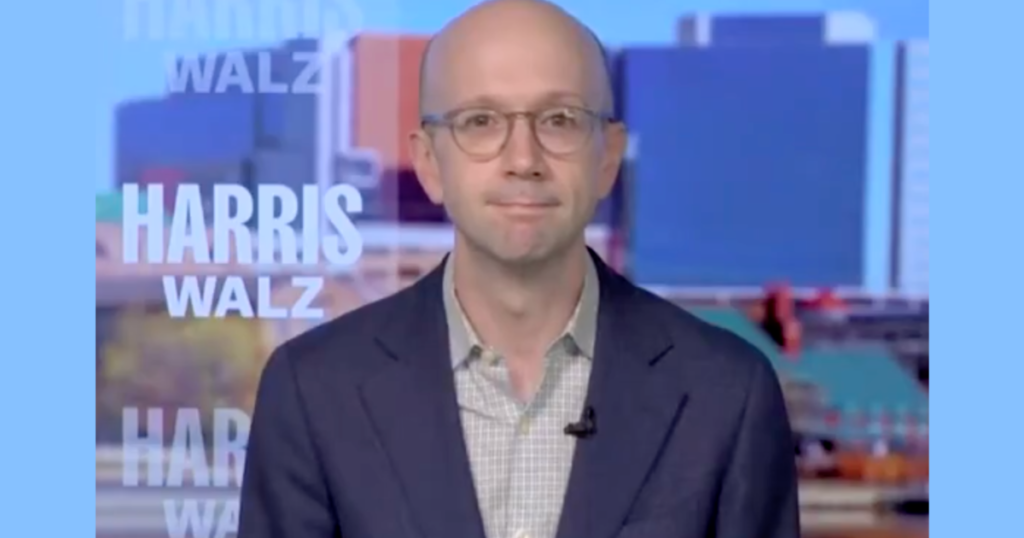In a recent CNN exchange, Ian Sams, an advisor to Vice President Kamala Harris, criticized former President Donald Trump regarding his “fitness” for public office, a line of attack that raised eyebrows given Harris’s own media tactics. During the interview, a CNN reporter pointed out Harris’ refusal to engage with various media outlets, including CNBC, Bloomberg, and Time magazine, questioning whether avoiding the press is a valid indictment of Trump’s mental acuity. The remark underscored the complexities of media scrutiny and the varying thresholds for accountability across party lines.
Sams defended Harris by suggesting that she will engage with challenging media opportunities, specifically highlighting an upcoming interview with Fox News. This defense, however, did little to alleviate the apparent contradiction of Harris avoiding interviews while accusing Trump of lacking transparency. The exchange illustrated not just the precarious nature of political discourse but also the increasing scrutiny that politicians face in an era of pronounced media partisanship, where attempts to critique opponents can backfire when one’s own actions are called into question.
Furthermore, Sams faced additional criticism for an attempt to spin a recent incident at a Trump event as indicative of Trump’s unfitness. During this event, two audience members experienced medical emergencies, and instead of halting the proceedings, Trump opted for a musical interlude. Critics, including former Trump advisor Stephen Miller, condemned Sams for misrepresenting the situation, suggesting that the decision to continue with music was not a sign of insensitivity but rather a pragmatic choice in a difficult moment. This incident brought to light the contentious nature of political narratives as each side vying to shape public perception of their candidates.
The exchange points to a broader trend within political discourse where charges of “gaslighting” have become common. Politicians and their spokespeople often accuse one another of distorting the truth or misrepresenting facts to manipulate voter sentiment. In this instance, Sams’s claims about Trump’s fitness were swiftly countered by highlighting the contradictions inherent in Harris’s approach to the media, demonstrating how political figures can quickly find themselves ensnared in the very narratives they seek to promote against their opponents.
The interaction reveals not just the growing influence of social media on political communication, but also how quickly narratives can propagate and shift in the public sphere. With both sides wielding social media as a weapon in their political arsenals, the importance of traditional media platforms like CNN has evolved into a battleground where reporters seek to hold political figures accountable while also navigating the increasingly polarized landscape. This brings forth a complex dynamic where partisan allegiances can cloud objective analysis and complicate the pursuit of factual reporting.
Ultimately, the incident serves as a reminder of the intricacies and challenges of maintaining integrity in political discourse, especially as candidates seek to influence public perception while managing their own narratives. The inability of Sams to maintain coherence in his criticism of Trump while sidestepping questions about Harris’s media engagement illustrates the difficulties faced by political advisors operating within an era of heightened scrutiny and partisanship. It reinforces the reality that both candidates and their representatives must remain vigilant in their messaging, as any inconsistency is likely to be seized upon by opposition forces eager to expose contradictions and capitalize on perceived weaknesses.

